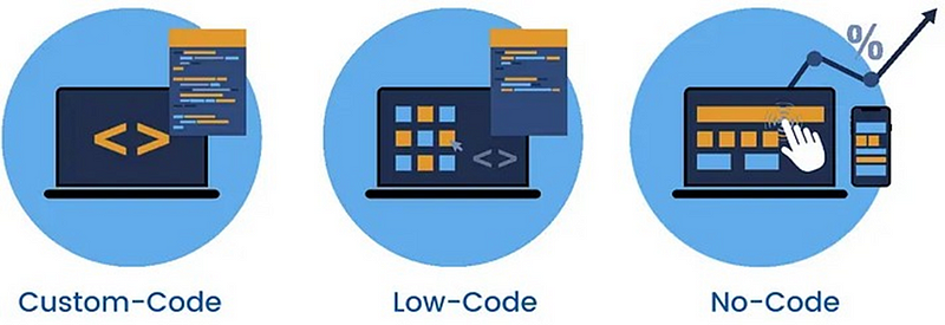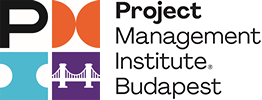May 15 2024 at 05:00AM
Forged at the Pit

Have you ever felt yourself irritated, desperate and angry because your application request has been waiting at an IT backlog for weeks (for best case scenario maybe)? Perhaps you had a quick-fix idea to improve your process or a solution to improve customer satisfaction as early as possible? Maybe you felt suffocated under the pressure coming from a customer, like you have fallen into a pit of fire or burning hot while standing at the Gates of Hell?
In return, how did IT colleagues knock back on your door? Something like “This request can be fulfilled in X months with $XX budget” would be an optimistic answer. On the pessimistic side, you might have received an answer like “Please provide us this input” and after a few weeks “also this input is needed” and it may have went to a dead end?
IT professionals might have their own reasons however one thing is for sure: The amount of application/solution requests coming from business practitioners outnumber the amount of software developers and IT professional graduated from universities. After thorough evaluation of possible root causes, a new trend has already been served at the marketplace: Citizen Development movement igniting low code no code application development.
Citizen Developers are business practitioners who either do not have coding skills or have little coding experience who can be up-skilled to build applications under IT-enabled architectures and/or platforms.
That definition leads us to the distinction of low code no code. You can either build an application writing all the code by yourself (custom code), add a few lines of code (low code) or use drag and drop features to build (no code).

Photo 2. Low Code No Code comparison [Photo taken from Hash Studioz website]
You might have noticed from the definition above that this trend is backlog friendly for IT departments if the application architecture is founded properly (If not there is a risk of leading to shadow IT applications, one of the fears of IT professionals).
Either be a business user or an IT practitioner, this new trend needs to get ourselves up-skilled. A good resource for that is PMI Citizen Developer™ approach. Project Management Institute (PMI) contributed to this trend with PMI Citizen Development Canvas along with three different levels of learning paths: PMI Citizen Developer Foundation, Practitioner, Business Architect.
After understanding the playground, you can propose your company to select among a portfolio of different products according to their enterprise software architecture and needs: In order to name a few of them in alphabetical order: Appsheet of Google (no code), Kianda (no code), Kuika (low code), Mendix of Siemens (low code), Power Platform of Microsoft (low code), Outsystems (low code), Studio of Creatio (no code), Xpoda (no code). You can make an online search to find out more of them according to your needs.
Time to give it a go and be a part of this new movement, don’t you think? After a short transition period of up-skilling, you will have amazing opportunities laying ahead.
Photo 1. Darvaza Gas Crater aka “The Gates of Hell” (Taken from Smithsonian Magazine website)



